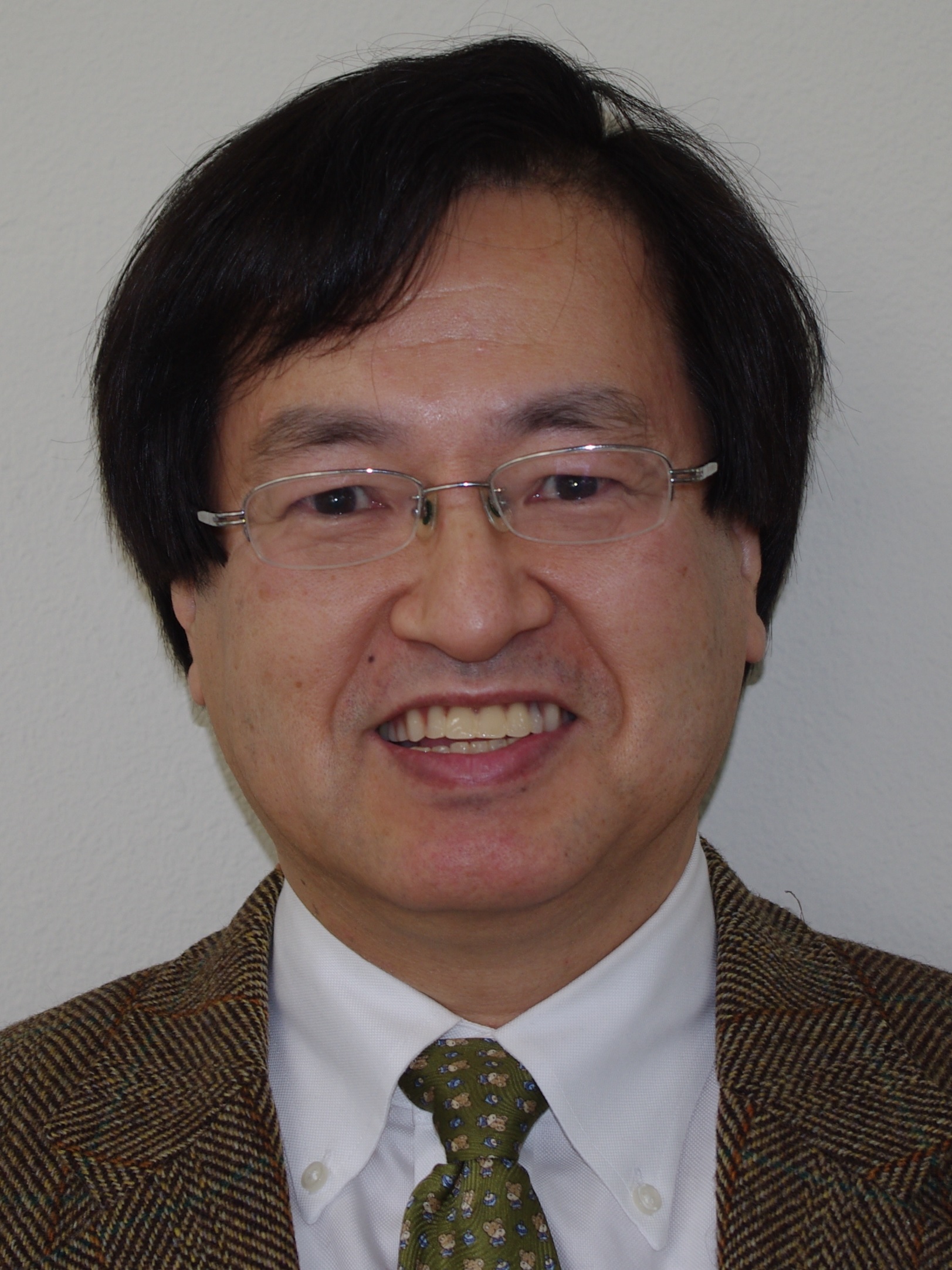|
IEEE
ICMA 2014 Conference
Plenary
Talk II
Beyond Human
Makoto Kaneko, Ph.D.
Professor
Mechanical Engineering, Osaka University
Osaka, Suita, 565-0871 JAPAN
E-mail: mk@mech.eng.osaka-u.ac.jp

Abstract:
When we discuss “Beyond Human”, we need to know how human perception looks like, because a perception should be a starting point toward an appropriate human action. This talk begins by showing the capability of human tactile perception and the recognition speed of human eye, especially from the viewpoint of limitation of perception. As for tactile perception, it is well known that human finger tip can sense even if the amplitude of vibration is 0.1micrometer under the frequency of 250Hz, which is amazingly high sensitivity. Through palpation, medical doctors often utilize for detecting where the tumor is and how much the size is. Such a palpation perhaps comes from the extremely high sensitivity of finger tip tactile sensation. On the other hand, as for the recognition speed of human eye, there is an upper limitation which is at most 15frames/sec. Due to such slow recognition speed of human eye, we often miss what is happening when we observe a high speed phenomenon. A high speed vision is a kernel technology to make clear such a high speed phenomenon. Knowing of such characteristics of human perception, we discuss how to design an artificial system leading to “Beyond Human”. We introduce a couple of examples in both robotics and bio/medical fields. As for robotics, we show “The 100G capturing robot [1]”, “Two-fingered hyper human robot hand”, “Hyper plate manipulation learnt from pizza master”, and “Hyper magician”. As for bio/medical application, we show a high speed cell manipulation in micro channel by using both a newly developed syringe pump and an online high speed vision. As an application of cell manipulation, we show “Cell Fatigue Test” where a mechanical stress is continuously imparted to a cell until it get damages. Through experiments, we found an interesting behavior of red blood cell where after several hundred times mechanical stress, the cell eventually loses any recovery characteristics [2]. We are expecting to see some correlation between deceases and the number of stress leading to knock out state in the future. All topics in this talk will be explained together with video demonstration.
Makoto Kaneko is a Professor of the Department of Mechanical Engineering at Osaka University. In 1981 he received his Ph.D. degree from the University of Tokyo. From 1990 to 1993 he was an Associate Professor at Kyushu Institute of Technology and from 1993 to 2006 he was Professor at Hiroshima University. He is interested in dynamic active sensing by utilizing a high speed vision and a high speed actuator, and their implementation into bio/medical system. He served as the Editor-in-Chief of Journal of Robotics and Mechatronics, an associate editor of the IEEE Transaction on Robotics and Automation, and an editorial member of Robotics and Automation Magazine. He is currently serving as a part editor of handbook of robotics. He was the Director of the Hyper Human Research Project Center and the Project Leader of the 21century COE on “Hyper Human Technology toward the 21st Century Industrial Revolution”. He was a Vice President of IEEE Robotics and Automation Society during 2004 through 2005. Since 2013, he has been an honorable doctor at Technical University of Darmstadt. He got over 30 awards including Humboldt Research Award, IEEE Best Paper Awards (ICRA, ICIA, ISATP, ICMA) and IEEE RAS Best Transactions Paper Award.
|